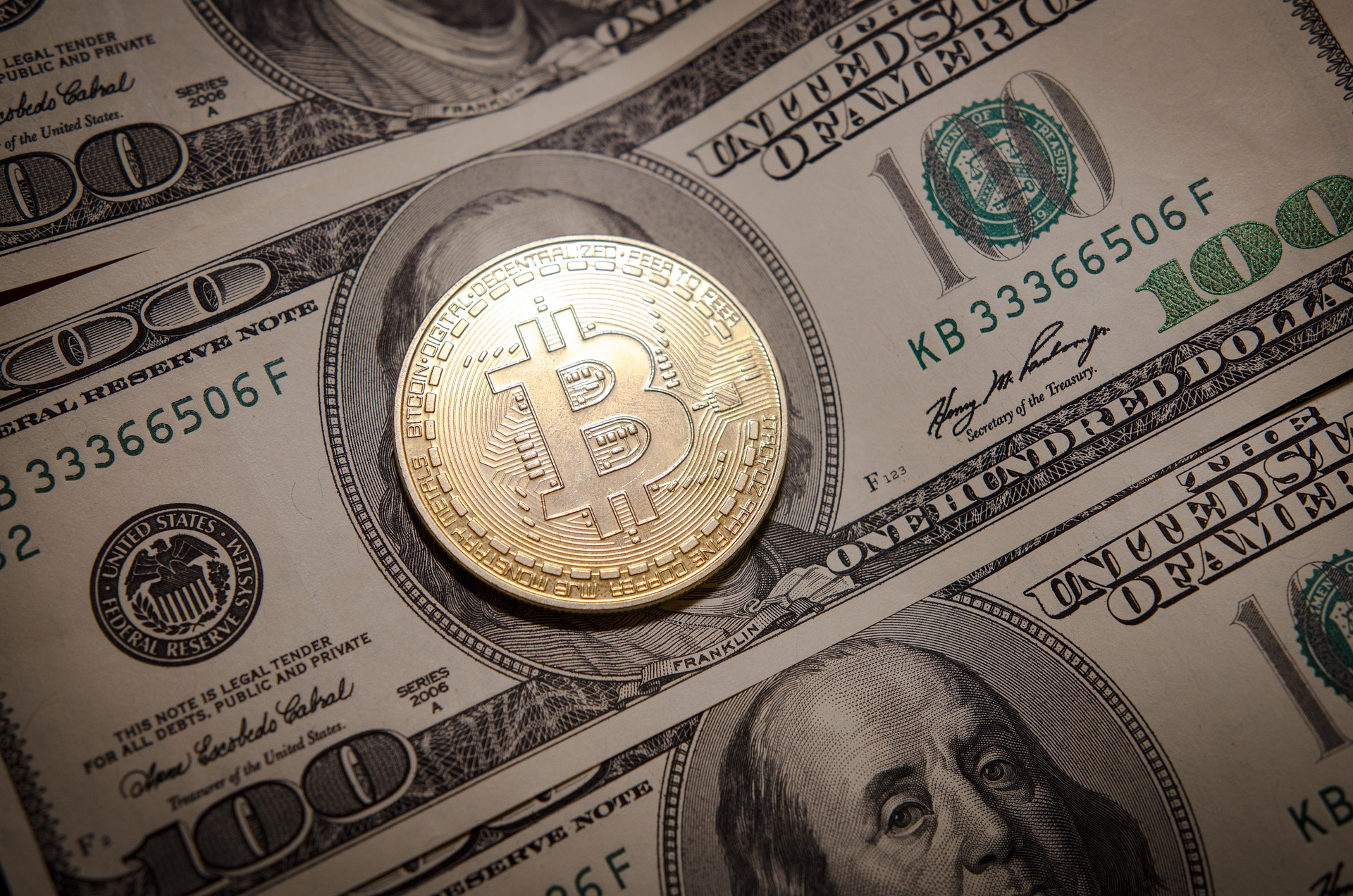The already volatile nature of cryptocurrencies has been affected by the recent collapse of one of its main platforms, highlighting the risks of cryptocurrencies without basic protections.
These losses add to an already difficult period for crypto-assets, whose market value has lost trillions of dollars. Bitcoin, for example, has lost nearly two-thirds of its maximum value reached at the end of 2021, causing almost three-quarters of investors to lose money, according to an analysis published by the Bank for International Settlements in November.
During times of tension, we have witnessed market collapses of stable cryptocurrencies, hedge funds focused on crypto-assets, and cryptocurrency exchanges, which in turn has raised serious doubts about the integrity of these markets and the protection of users. Additionally, as the links with the central financial system are increasingly large and deep, concerns about systemic risk and financial stability in the near future may also arise.
Stricter financial regulation and supervision, along with the development of international standards, can help address many of the concerns raised by crypto-assets.
Many of these issues can be addressed through the systematic application of regulations and international standards by national regulatory authorities.

Bitcoin criptomonedas
In this context of severe disturbances and disruptions in many segments of the crypto-asset market, and repeated cycles of boom and bust in the ecosystem of these types of digital assets, the publication of two IMF reports on the regulation of the crypto-asset ecosystem is especially timely.
These reports address the issues mentioned above from two different planes: first, a broad approach with an analysis of the main entities responsible for carrying out the most important functions of the sector, and second, a specific approach to stablecoins and related agreements.
Cryptocurrencies, including stablecoins, still do not pose a risk to the global financial system, but they do already have a considerable impact on some emerging and developing market economies. In some of these countries, there are significant retail holdings of crypto-assets, as well as abundant substitution of currencies through these, primarily dollar-denominated stablecoins.
Esto ha llevado a una «criptoización» en algunos lugares, donde los criptoactivos están reemplazando a la moneda y a otros activos nacionales, evadiendo las restricciones cambiarias y de control de capitales.
This shift in preference for crypto-assets could result in a loss of monetary sovereignty and capital outflows, posing new challenges for regulatory authorities. To address the underlying causes of cryptoization, authorities must work to generate greater confidence in national economic policies, currencies, and banking systems.
Additionally, advanced economies are also vulnerable to financial stability risks from cryptocurrencies, as institutional investors have increased their holdings of stablecoins in search of higher yields in a low-interest rate environment. Therefore, it is important that regulatory authorities address the risks posed by cryptocurrencies urgently, but without stifling innovation.
Para este fin, hemos formulado cinco recomendaciones fundamentales sobre la regulación del ecosistema de criptoactivos en dos notas de tecnofinanzas: «Regulating the Crypto Ecosystem: The Case of Unbacked Crypto Assets» (sobre criptoactivos no respaldados) y «Regulating the Crypto Ecosystem: The Case of Stablecoins and Arrangements» (sobre monedas estables y sus mecanismos), ambas publicadas en septiembre.
In summary, it is considered that cryptocurrency service providers should be properly registered and authorized, and comply with standards similar to those governing traditional financial service providers. It is important that customer assets are segregated and isolated from other functions. Entities performing multiple functions should be subject to additional prudential requirements, and prohibitions should be introduced in the event of conflicts of interest. Stablecoin issuers should also be subject to strict prudential requirements.
Regulated financial institutions must comply with clear requirements regarding their exposures and activities with crypto-assets, and requirements must be clarified to address custody-related risks. As crypto-assets evolve, solid and systematic regulation and supervision on a global scale are needed to address risks to users and the financial system.
Although the adoption of widespread bans may be disproportionate, targeted restrictions can be effective as long as regulatory capacity is adequate. Developing international standards takes time, but the Financial Stability Board has provided useful recommendations. The IMF will continue to work with international organizations and member countries to help major authorities in this area better serve both individual users and the global financial system.


Leave A Comment